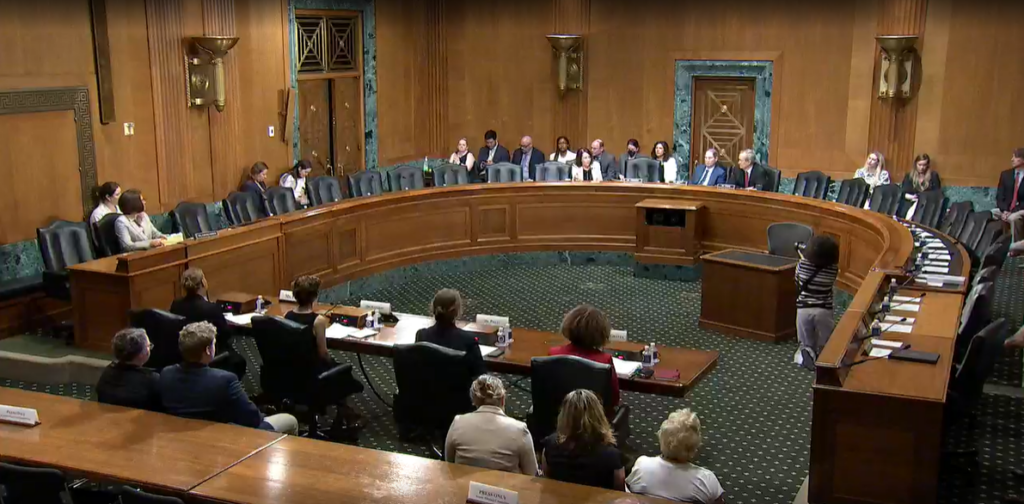Report Shows Unique Challenges of Finding Infant and Toddler Care
A report from the Center for American Progress (CAP) found dramatic shortages in child care for infants and toddlers which, in many places, makes finding licensed care next to impossible. Profiling nine states and the District of Columbia, the report found 5 infants and toddlers for every licensed care slot. While 95 percent of counties experience shortages, they are even more pronounced in rural and low-income communities where there are as many as 9 infants and toddlers per licensed slot.
The phenomenon of dramatic shortages are known as child care deserts. CAP’s report found that living in a child care desert can make it more difficult for families to enter or return to the workforce and causes businesses to lose out on productivity. In fact, 83 percent of parents with children younger than 6 said finding quality affordable child care was a problem in their area.
Caring for infants and toddlers require low teacher-to-child ratios to ensure safe and quality care. Despite the need for infant and toddler care, the low ratio increases the cost to providers and creates a disincentive for providers to create additional spots. Even when families find licensed care options for their children, the cost can put these opportunities out of reach. According to CAP’s study, the average cost of infant care in the United States is estimated at nearly $15,000 per year.
Programs like the Child Care and Development Block Grants (CCDBG) help states provide low-income families with access high-quality care for their children. Continuing to support quality early learning and care is vital to children’s healthy development and parents’ ability to return to the workforce.
You can read the full report here.
Subscribe to FFYF First Look
Every morning, FFYF reports on the latest child care & early learning news from across the country. Subscribe and take 5 minutes to know what's happening in early childhood education.



